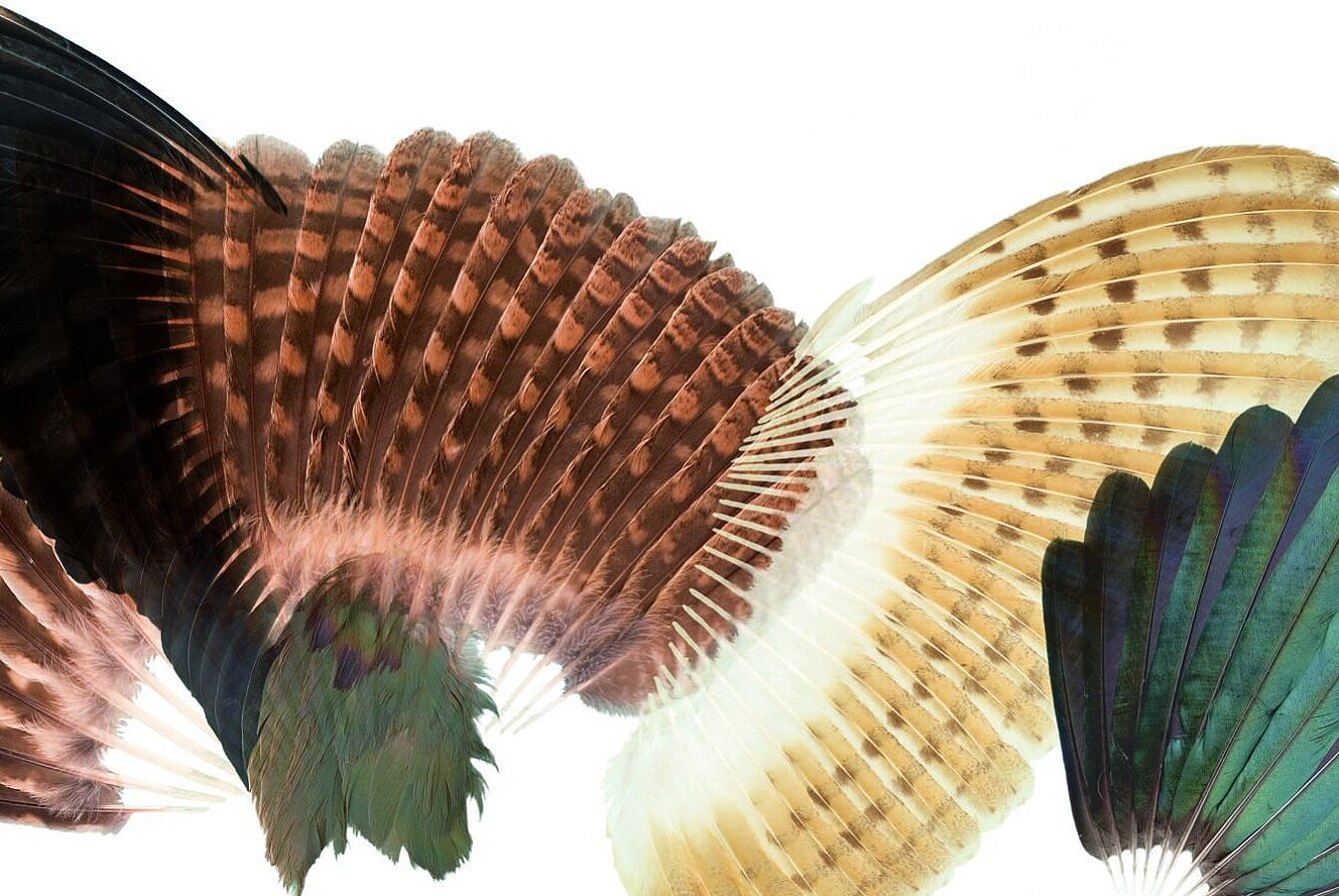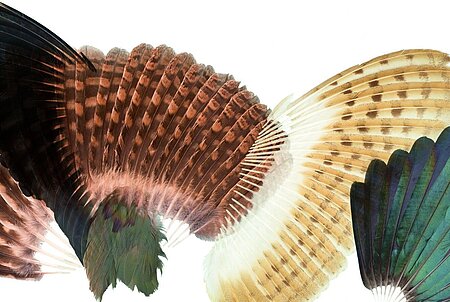Feathers make a bird
of songbirds, scavengers and dive-bombers


Image Credits
Duration
04.04. - 31.10.2009
Location
Schloss Trautenfels
Show all
About the
Exhibition
In 2009 Trautenfels Castle dedicates its special exhibition entitled "Feathers Make a Bird" (of songbirds, scavengers and dive -bombers) to the magical world of birds. As has been practised in previous exhibitions, the project team of the Countryside Museum in Trautenfels Castle, in association with the natural science, cultural science and ethnicity departments of the Landesmuseum Joanneum tackles the complex topic from various viewpoints. Who would not want to view the world from above like a bird? With their ability to fly, birds in the form of symbolic figures act as mediators for feelings of freedom and independence between heaven and earth. The plumage with its various colours and shapes is responsible for the manifold appearances of birds. A main focus of the exhibition is dedicated to the feather and explains the special characteristics of feathers to the visitor. With the ever relevant question "What came first, the chicken or the egg?" the development of birds and their evolution are picked out as a central theme. The Miracle Feather Together with their physique the faether gives birds the ability to take off and fly. Birds differ from other animals due to the uniqueness of the feather. Depending on the type of bird the plumage can consist of up to 30.000 feathers of varying colour and shape. Some of the most important feathers are to be found on the wings. They must be of high stability, low weight and great elasticity. Are birds descended from dinosaurs? While the heavy pterosaurs with their wings made of skin were only partially able to fly, archaeopteryx, living 150 million years ago, was the first discovered fossil with visible plumage, which was probably used for gliding. Scientific debate today disagrees whether the feather developed as a function of heat regulation or whether it has its origin in flight itself. In the following millions of years a rapid increase of bird species ensued. Bearded vultures, which were re-introduced into the National Park of Hohe Tauern in1986, cover a distance of hundreds of kilometres in a single day and are increasingly found in Upper Styria. Although bearded vultures are classed as birds of prey they do not kill any prey but live mainly on bones of dead animals. Since people assumed well into the 20th century that bearded vultures were amongst other things capable of snatching children, this bird was hunted to extinction. Interesting details about the vulture's actual way of life and unusual qualities of various species are portrayed in the exhibition. Humans and Birds Depictions of birds in art, religion and folklore are manifold and can be viewed in a symbolic or mythological context. Since pre-Christian times, people have been fascinated by birds and by flying. It was thought that birds were the bearers of the soul and therefore possessed magical and mythical powers. Interesting interrelations between people and birds are picked out as a central theme in such areas as mythology and superstition, symbolism and folklore, folk-music, the catching of birds, art and religion. The mysterious world of birds is therefore portrayed in many ways and with the aid of a big variety of preparations, photographs, listening stations and film stations. Topical questions regarding the protection of nature and new research findings are examined. Our young visitors can take part in a quiz leading them through the exhibition, where the use of all their senses is required, which will guarantee an educational and fun-packed time at the castle. A dedicated children's room for creative and clever minds and a special workshop on writing with a goose feather for school classes make for an exciting visit to the museum.



















